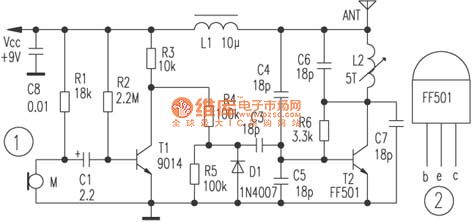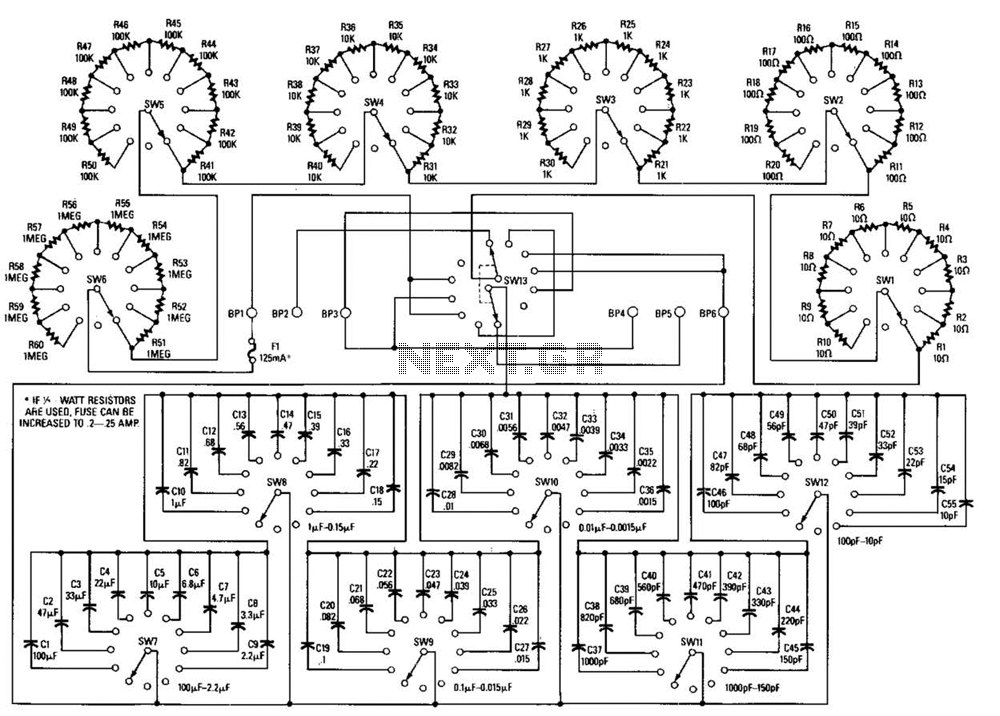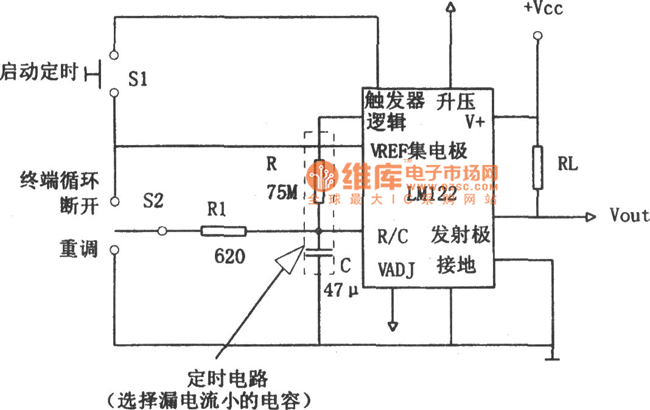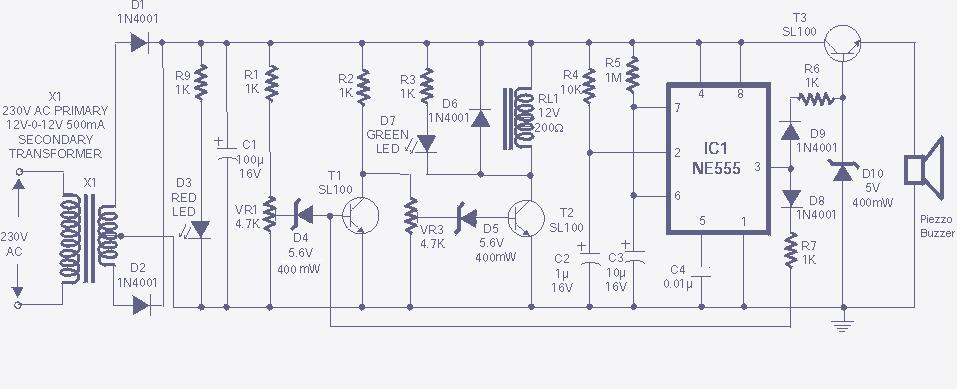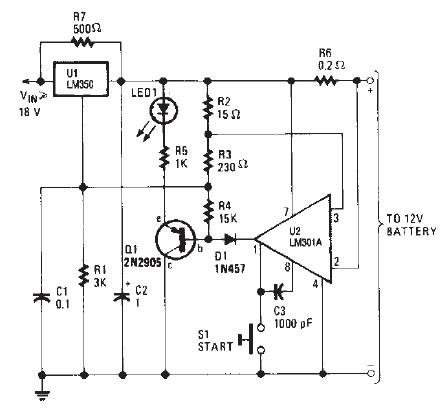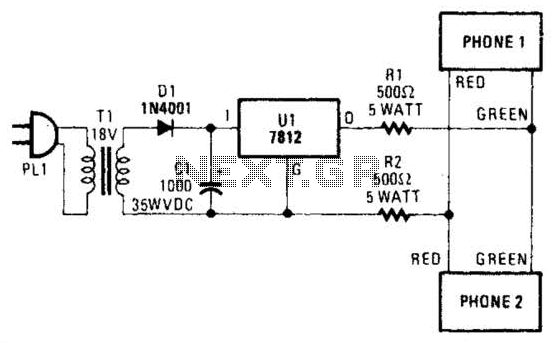
Microcomputer circuit
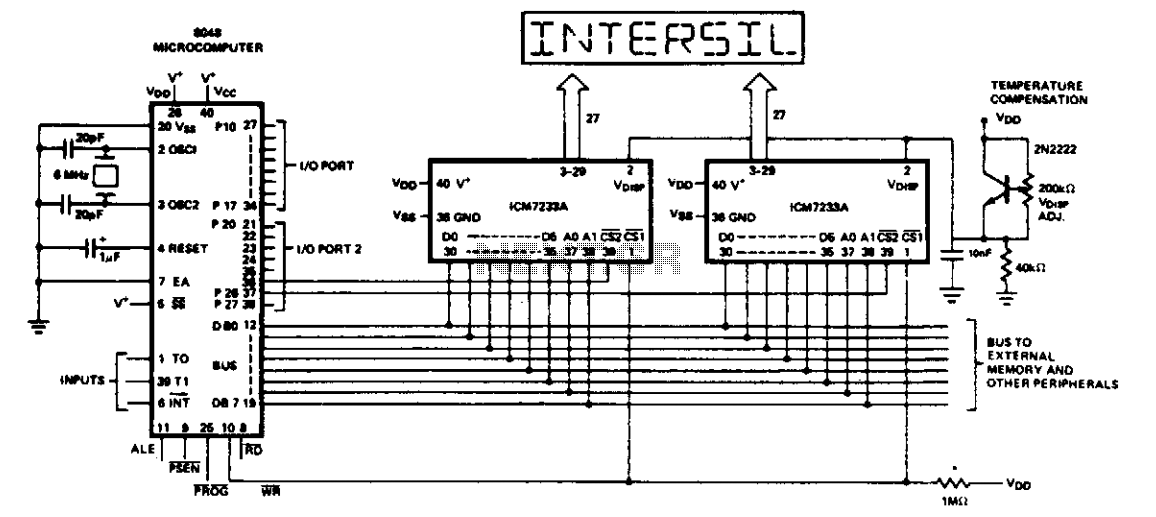
This is an 8048/IM80C48 microcomputer equipped with an 8-character, 16-segment ASCII triplex liquid crystal display. The two-bit character address is combined with the data and sent to the display driver under the control of the WR line. Port lines are utilized to either select the target driver or to deselect all of them for other bus operations.
The 8048/IM80C48 microcomputer is a versatile component in embedded systems, particularly in applications that require user interface displays. The integration of an 8-character, 16-segment ASCII triplex liquid crystal display allows for the representation of alphanumeric characters with clarity and precision. Each character on the display is formed by illuminating specific segments, which are controlled by the display driver.
The communication between the microcomputer and the display driver is facilitated through a write operation, where the WR line serves as a control signal. When the WR line is activated, the combined two-bit character address and data are transmitted to the display driver, enabling the appropriate segments of the liquid crystal display to be activated for character representation. This mechanism ensures that the display updates in real-time based on the microcomputer's processing.
Additionally, the port lines play a critical role in managing the display driver selection. By utilizing these lines, the microcomputer can either target a specific display driver for data transmission or deselect all drivers, allowing the bus to be used for other operations. This flexibility in bus management is essential for optimizing system performance and ensuring that multiple components can interact seamlessly without interference.
In summary, the 8048/IM80C48 microcomputer, along with its integrated display system, exemplifies a well-designed architecture for applications requiring efficient character display capabilities. The combination of control signals and port line management enhances the functionality of the system, making it suitable for a variety of electronic applications.This is a 8048/IM80C48 Microcomputer with 8 character 16-segment ASCII triplex liquid crystal display. The two bit character address is merged with the data and written to the display driver under the control of the WR line.
Port lines are used to either select the target driver, or deselect all of them for other bus operations.
The 8048/IM80C48 microcomputer is a versatile component in embedded systems, particularly in applications that require user interface displays. The integration of an 8-character, 16-segment ASCII triplex liquid crystal display allows for the representation of alphanumeric characters with clarity and precision. Each character on the display is formed by illuminating specific segments, which are controlled by the display driver.
The communication between the microcomputer and the display driver is facilitated through a write operation, where the WR line serves as a control signal. When the WR line is activated, the combined two-bit character address and data are transmitted to the display driver, enabling the appropriate segments of the liquid crystal display to be activated for character representation. This mechanism ensures that the display updates in real-time based on the microcomputer's processing.
Additionally, the port lines play a critical role in managing the display driver selection. By utilizing these lines, the microcomputer can either target a specific display driver for data transmission or deselect all drivers, allowing the bus to be used for other operations. This flexibility in bus management is essential for optimizing system performance and ensuring that multiple components can interact seamlessly without interference.
In summary, the 8048/IM80C48 microcomputer, along with its integrated display system, exemplifies a well-designed architecture for applications requiring efficient character display capabilities. The combination of control signals and port line management enhances the functionality of the system, making it suitable for a variety of electronic applications.This is a 8048/IM80C48 Microcomputer with 8 character 16-segment ASCII triplex liquid crystal display. The two bit character address is merged with the data and written to the display driver under the control of the WR line.
Port lines are used to either select the target driver, or deselect all of them for other bus operations.
